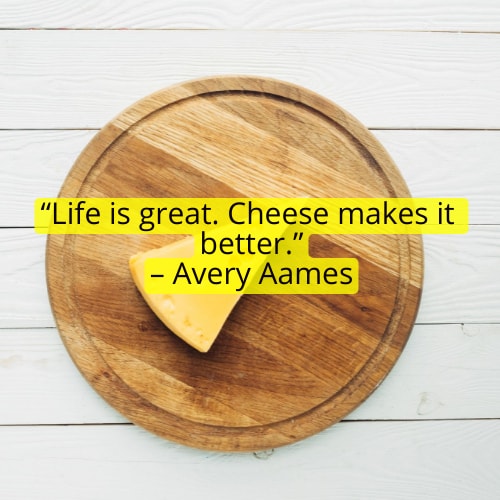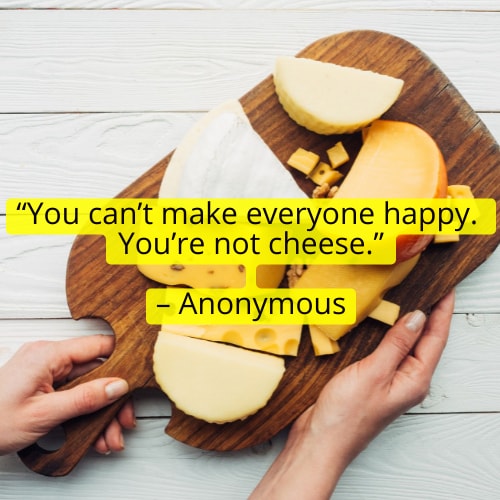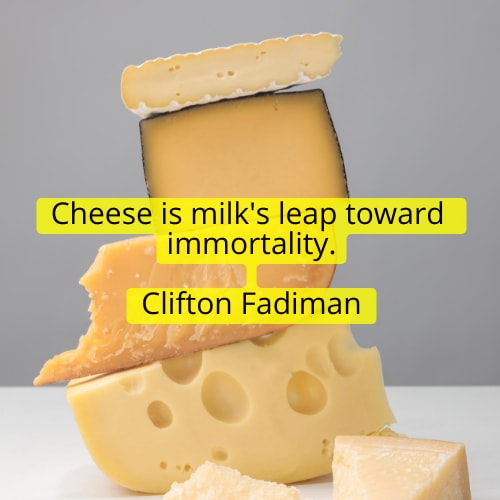Cheese lovers are losing their minds over how Parmesan is made
Cheese lovers are losing their minds after discovering how Parmesan is made.
Prepare your stomachs (no pun intended) because the process of making parmesan may make you feel a little nauseous. It seems few people know how the beloved Parmesan cheese is made and vegetarian cheese lovers will probably be very disappointed if Parmesan was their ingredient of choice.
People are discovering how Parmesan cheese is made. Credit: Unsplash
Parmesan is already a no-no for vegans because it contains animal dairy. However, unlike other cheeses, it’s also something vegetarians should avoid consuming. The cheese is produced with animal rennet, which is an enzyme that comes from the fourth lining of the stomach of animals.
The animals usually used in this process are calves, goats and lambs – and unfortunately the animal is typically killed in the process.
The rennet is taken from the animal’s stomach and dried into a solid form. When it’s time to produce the cheese, the rennet is rehydrated in water and this liquid is added to milk and churned into Parmesan.
Rennet is necessary for this process to ensure the solid particles in the milk break away from the water content to form a solid mass. This allows curds to form. In fact, Parmesan cannot legally be called Parmesan unless it contains cows milk, salt and rennet.
 One Twitter user threatened to ‘go full vegan’. Credit: Twitter
One Twitter user threatened to ‘go full vegan’. Credit: Twitter
Parmesan isn’t the only popular cheese that uses rennet. If you’re a fan of Grana Padano, Gorgonzola, Gruyere, Manchego, Emmental, Pecorino Romano, Mimolette, Camembert, Boucheron and Vacherin, you’ve had cheese made with rennet.
An impassioned debate erupted on social media after a Twitter user shared their shock after discovering how Parmesan is made – and they weren’t the only one who was taken by surprise.
“Today years old when I found out Parmesan cheese is made from baby cow’s stomach & I could cry,” they tweeted in January. “I’m just gonna have to go full vegan at this…
..


